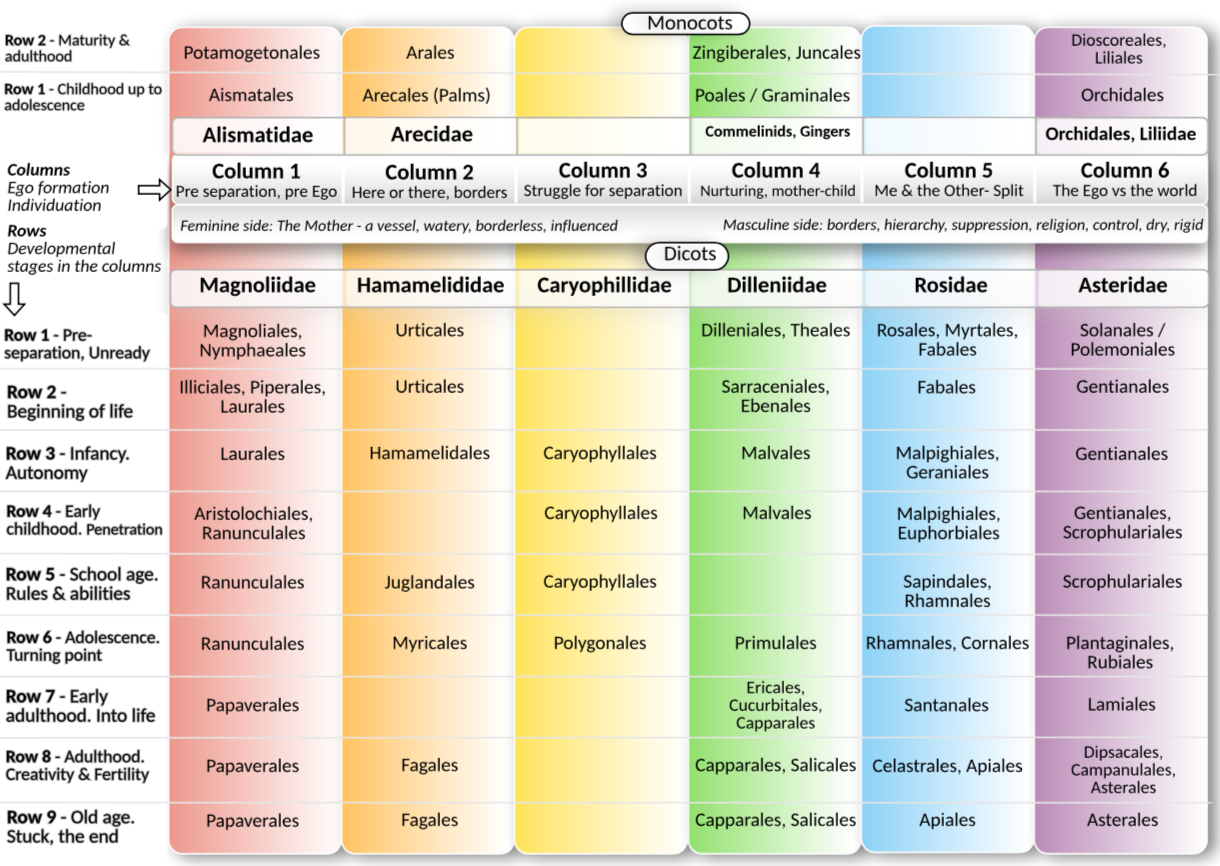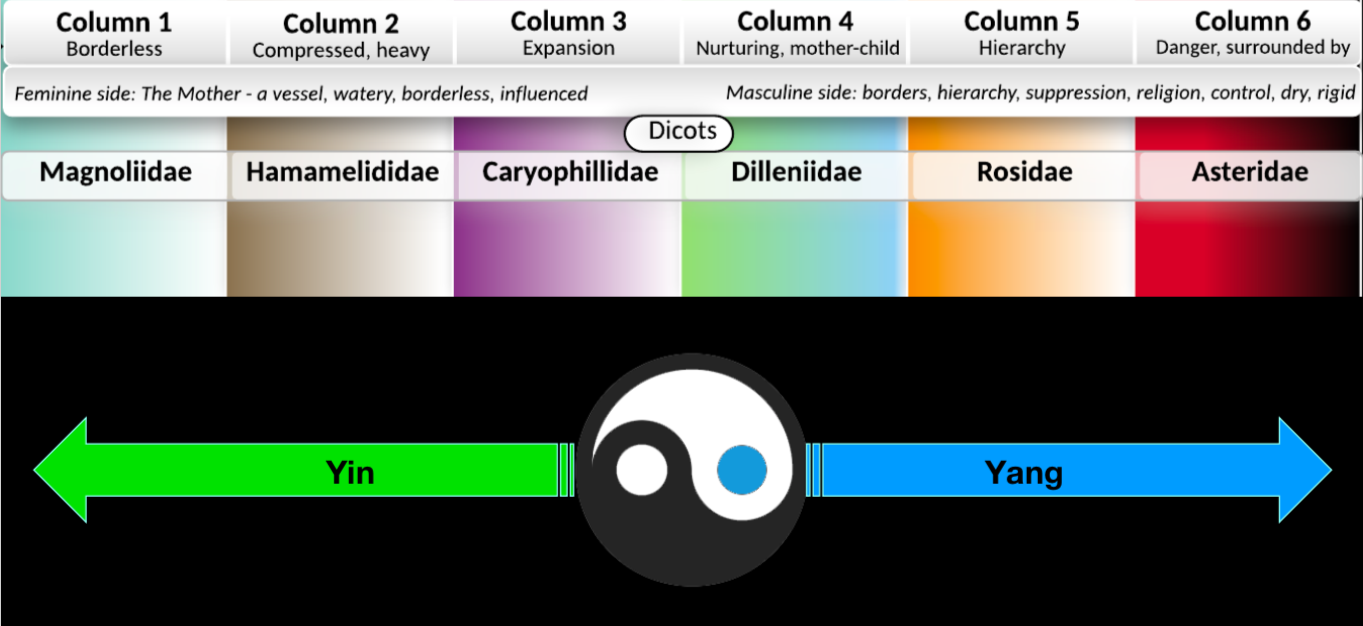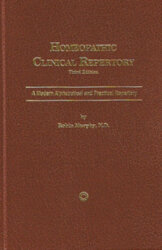Botanical Repertory by Michal Yakir
Repertorise using Michal Yakir’s pioneering Botanical Repertory in RadarOpus! Michal Yakir PhD RCHom has always been fascinated by the homeopathic implication of the dynamic order in nature – especially in the plant kingdom!
- From her many years of rich experience as a homeopath, as well as her knowledge as a former botanist and ecologist, she developed ‘The Homeopathic Table of Plants’.
- This pioneering work has not only brought order to the gigantic kingdom of flowering plants, it has quickly become widely accepted by many experienced Homeopaths across the globe – utilising this elegant system in daily clinical practice.
- The Botanical Repertory in RadarOpus includes (for the first time) Michal’s very latest research into the non-flowering Ancient Plants!
About Michal Yakir’s approach to the Plant kingdom in Homeopathy:
The evolutionary stages of plants correlate with human developmental stages, addressing the challenges of the ego’s journey from birth to old age – from a primary stage of union & unity to an advanced stage of individuality. During this journey, the lessons of feminine and masculine elements are learned and integrated.
![]() Michal’s approach is a unique milestone in homeopathy – adopted successfully by many experienced Homeopaths worldwide. We have collaborated closely with her, developing this repertory with the very latest research into the plant kingdom. For the first time in any software, Michal’s latest research into the non-flowering plants has also been incorporated.
Michal’s approach is a unique milestone in homeopathy – adopted successfully by many experienced Homeopaths worldwide. We have collaborated closely with her, developing this repertory with the very latest research into the plant kingdom. For the first time in any software, Michal’s latest research into the non-flowering plants has also been incorporated.
![]() The Botanical Repertory provides a logical structure to the plant kingdom, categorizing the huge variety of different species, families and orders. It contains concise explanations of the themes & characteristics of each group of plants, as well as the column and row to which they belong.
The Botanical Repertory provides a logical structure to the plant kingdom, categorizing the huge variety of different species, families and orders. It contains concise explanations of the themes & characteristics of each group of plants, as well as the column and row to which they belong.
![]() You can now employ Michal’s ground-breaking insights directly within RadarOpus in the most practical way! Simply drag & drop rubrics into a clipboard based on your understanding of the row, column or family! There is even a thematic repertory included, allowing you to take rubrics in the traditional fashion too.
You can now employ Michal’s ground-breaking insights directly within RadarOpus in the most practical way! Simply drag & drop rubrics into a clipboard based on your understanding of the row, column or family! There is even a thematic repertory included, allowing you to take rubrics in the traditional fashion too.
IMAGE – Screenshot of the Botanical Repertory in RadarOpus. Scroll down to see many more images in the gallery below.
.png)
A very quick introduction to Michal Yakir’s Table of Plants and the Botanical Repertory
By Luke Norland RSHom.
Columns, Subclasses, Cronquist:
There are 6 columns for the Flowering Plants – each relating primarily to the 6 Subclasses of the Cronquist system of classification, which is based on morphology – shared characteristics of size, shape and structure – the general aspects of biological form. Jan Scholten’s table refers to the latest APG classifications. Both have their merits although some feel that the Cronquist system is more approachable for non-botanists! As it is based on observed characteristics, it also has something in common with how we practice Homeopathy.
Monocotyledons and Dicotyledons
- Also known as Monocots and Dicots – they are two separate branches of Flowering Plants, having evolved in tandem.
- Monocots have only one seed leaf inside the seed coat. It is often only a thin leaf, because the endosperm to feed the new plant is not inside the seed leaf.
- Dicots have two seed leaves inside the seed coat. They are usually rounded and fat, because they contain the endosperm to feed the embryo plant.
- More info at this useful website
- Monocots and Dicots can be repertorised seperately or together in the Botanical Repertory.
IMAGE – An overview of The Table of Flowering Plants.

Evolutionary Model:
Michal has made the genius step of relating the evolution of plants to that of the evolutionary journey the human makes as they establish their own sense of ‘I’ – the ego. It is a process of individuation, moving from symbiosis – a borderless state of unity (Feminine, Yin archetype) through a process of separation of the Masculine, Yang archetype. The Ego flowers and evolves through this process of gradually integrating the Male/Female aspects within the psyche. Harmony is achieved through integrating these disparate elements, whereas sickness emanates from a state of separation (primary Psora). This is a story of personal evolution mirrored by the plant kingdom itself – going from the simple, primitive and open plants of the Magnoliidae through to the highly structured Asterales (where the flower is made up of lots of small individuals within the whole) – reflecting the modern times we live in now. Hence – the Ego vs the World is a major theme.
Individuation:
Individuation is a term coined by C.G. Jung – a process by which the disparate elements of the psyche become whole – functioning as a unity. Individuation occurs through gradually accepting all parts of the self rather than relying on only the dominant aspect. E.G. Someone who is choleric in nature only wants to work and achieve. That is their modus operandi. But when this isn’t appropriate – E.G. in love relationships, they have to compensate or cover-up their lack in this area. Or they choose a partner who fills that gap – which would be the opposite ‘feeling type’, or phlegmatic. These dynamics can work for a time, but there will always be tension. This tension is replaced by harmony when each person is more individuated – and has worked to bring their shadow aspects into consciousness (light).
IMAGE – A simplified version of the Plant Table upon which the Botanical Repertory is based.

Plant Orders:
Some other important pointers for the uninitiated – Michal uses the level of the ORDER rather than the level of the FAMILY. You will see terms like Magnoliales rather than Magnoliaceae or Ranunculales rather than Ranunculaceae. So, upon first glance, you might think – where are the Anacardiaceae for example? This is where you need to do a bit of research to see that this family belongs to the Sapindales order. As do the Rutaceae.
Erikson’s Psychosocial Development Theory:
The other major aspect to get one’s head around are the ROWS – and their relation to Erikson’s Theory of Psychosocial Development.
 Erik Erikson was a psychologist who developed one of the most popular and influential theories of development. While his theory was certainly influenced by his mentor Sigmund Freud, Erikson’s theory centered on psychosocial development rather than psychosexual development.
Erik Erikson was a psychologist who developed one of the most popular and influential theories of development. While his theory was certainly influenced by his mentor Sigmund Freud, Erikson’s theory centered on psychosocial development rather than psychosexual development.
The stages that make up his theory are as follows:
- Stage 1: Trust vs. Mistrust
- Stage 2: Autonomy vs. Shame and Doubt
- Stage 3: Initiative vs. Guilt
- Stage 4: Industry vs. Inferiority
- Stage 5: Identity vs. Confusion
- Stage 6: Intimacy vs. Isolation
- Stage 7: Generativity vs. Stagnation
- Stage 8: Integrity vs. Despair
Well-known Homeopaths who use this system include:
- Dr. Mahesh Ghandi (India)
- Dr. Annette Sneevliet (Netherlands)
- Dr. Elizabeth Thompson (UK)
- Dr. Julie Geraghty (UK)
- Geoff Johnson (UK)
- Janet Snowdon (UK)




